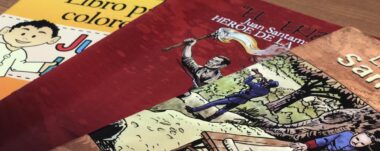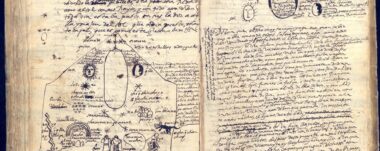The Theft of the Virgin of Los Angeles: An Unforgettable Chapter in the History of Costa Rica
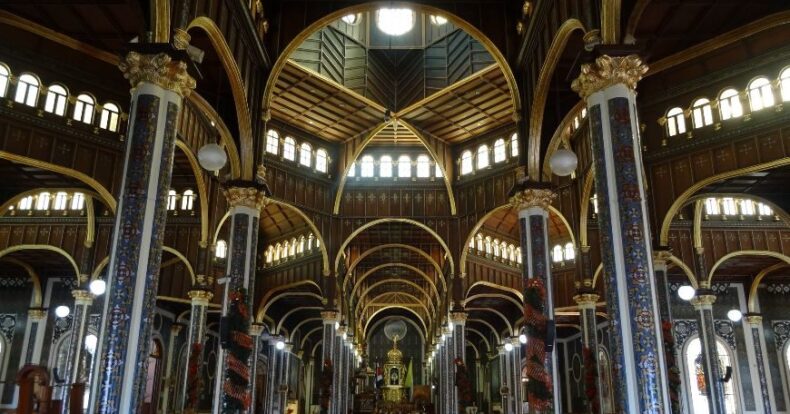
In 1950, Costa Rica experienced one of the most shocking events in its history: the theft of the image of the Virgin of los Angeles, an event that shocked the nation and left an indelible mark on the country’s collective memory. This incident shook Costa Rica’s religious foundations and triggered media and governmental reactions, reflecting the deep cultural roots of Catholicism in the country.
The Theft of the Virgin of the Angels: A Historical and Cultural Context
Although the theft of the Virgin of the Angels in May 1950 was not the first to affect the Basilica of Los Angeles in Cartago. The image was stolen twice before, in 1824 and 1888, but those incidents did not compare in magnitude and consequence to the one in 1950. This event was particularly painful for Costa Rican society because, besides stealing the image, the criminals murdered the temple guard, Miguel Solano.
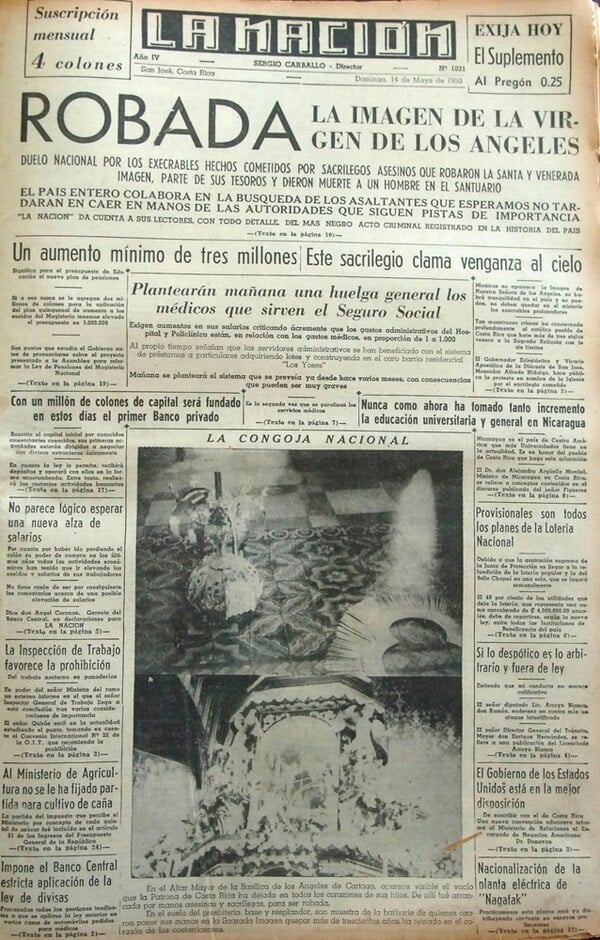
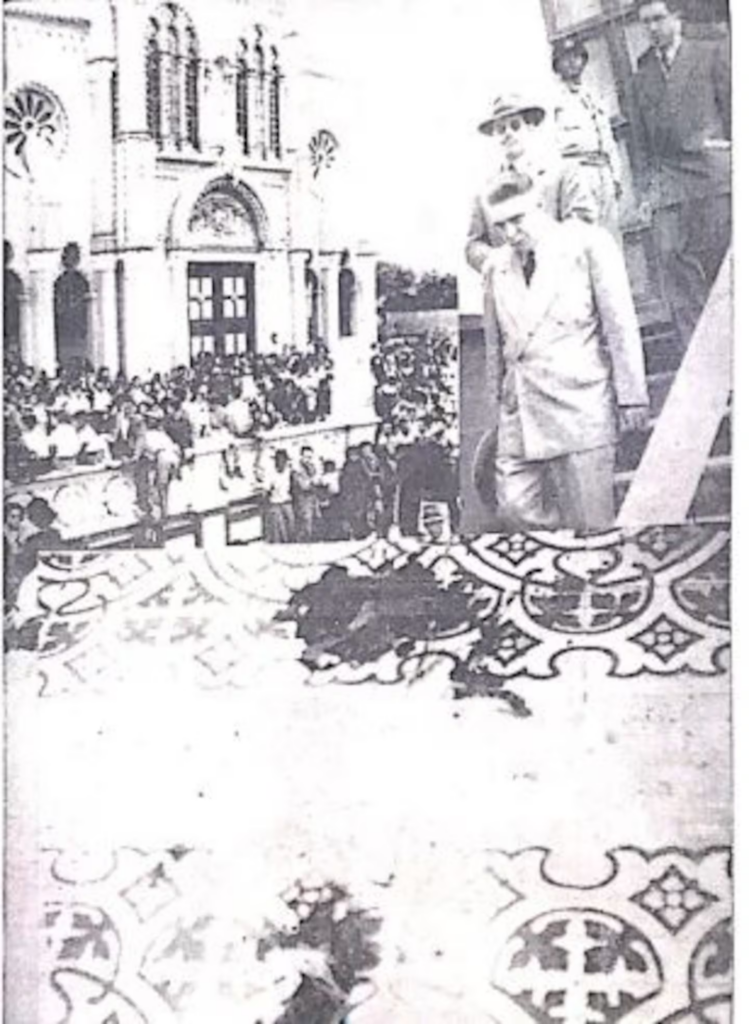
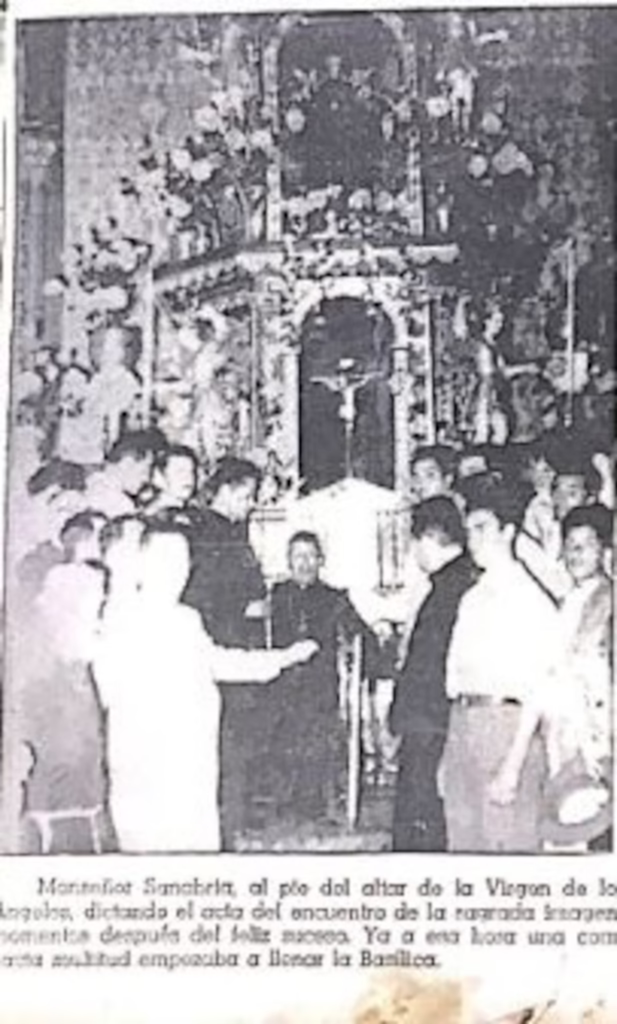
Press and Society Reaction
The main media of the time, such as La Prensa Libre, El Diario de Costa Rica, La Nación and the weekly El Atlántico, extensively covered the robbery and its consequences. From the first days, the press reflected the national mourning, with alarming headlines and shocking photographs, such as the one of President Otilio Ulate Blanco consoling grieving women in the Basilica.
Media coverage focused not only on the crime, but also on the government’s response. President Ulate ordered the immediate closure of the sanctuary and requested FBI assistance in the investigation. In addition, the government decreed a national mourning and closed the city of Cartago to prevent the thieves from escaping. The seriousness of the event led the media to refer to the perpetrators of the crime as “the monsters”, highlighting the horror it generated in the population.
The Miraculous Apparition
After days of uncertainty and anguish, on May 21, 1950, the image of the Virgin was found in the Basilica, although stripped of her attire. The news spread quickly, and in a matter of minutes, the Carthaginians congregated in the temple to celebrate her recovery. The bells rang with jubilation, and the joy spread beyond Carthage, attracting pilgrims from all over the country.
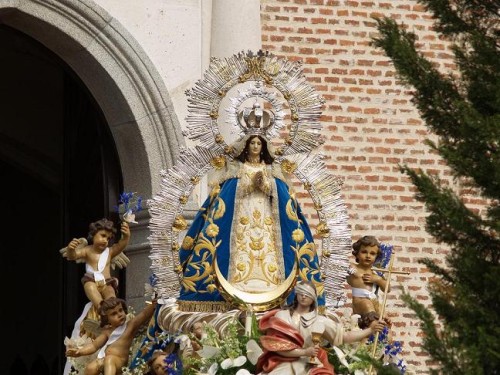
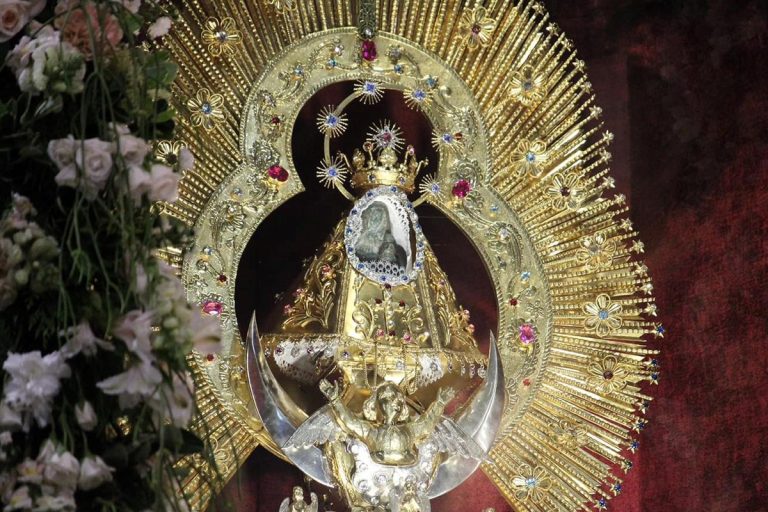
Consequences and Reflections
A number of investigative efforts failed to identify with certainty the perpetrators of the robbery. For many years, José León Sánchez was unjustly accused of being the perpetrator of the robbery, which led him to serve a life sentence on San Lucas Island. Years later, he was acquitted due to irregularities in the judicial process, an episode that he himself narrated in his book ‘La Isla de los Hombres Solos’ (The Island of the Lonely Men).
The event caused pain and highlighted the Costa Ricans’ deep devotion to the Virgin of the Angels, a symbol of their identity and faith.
Sensorial Sunsets
Navigate articles




